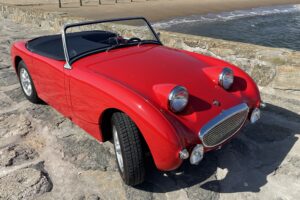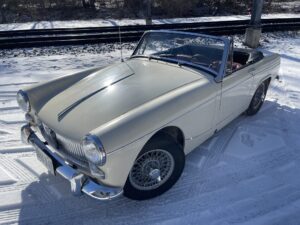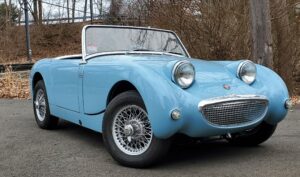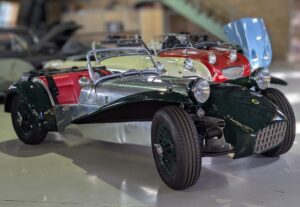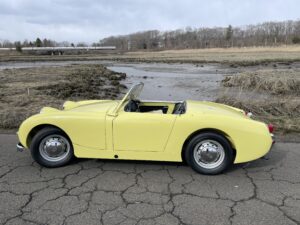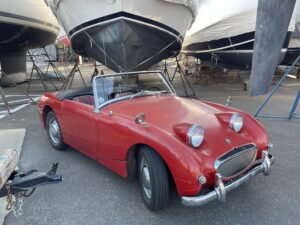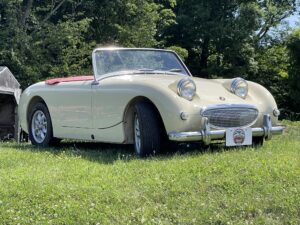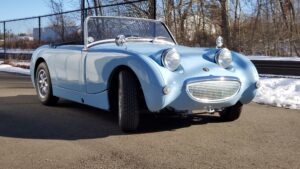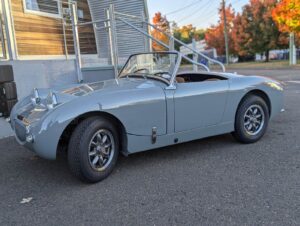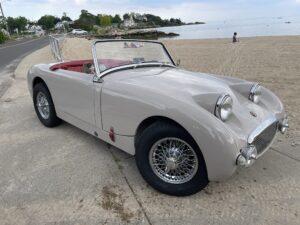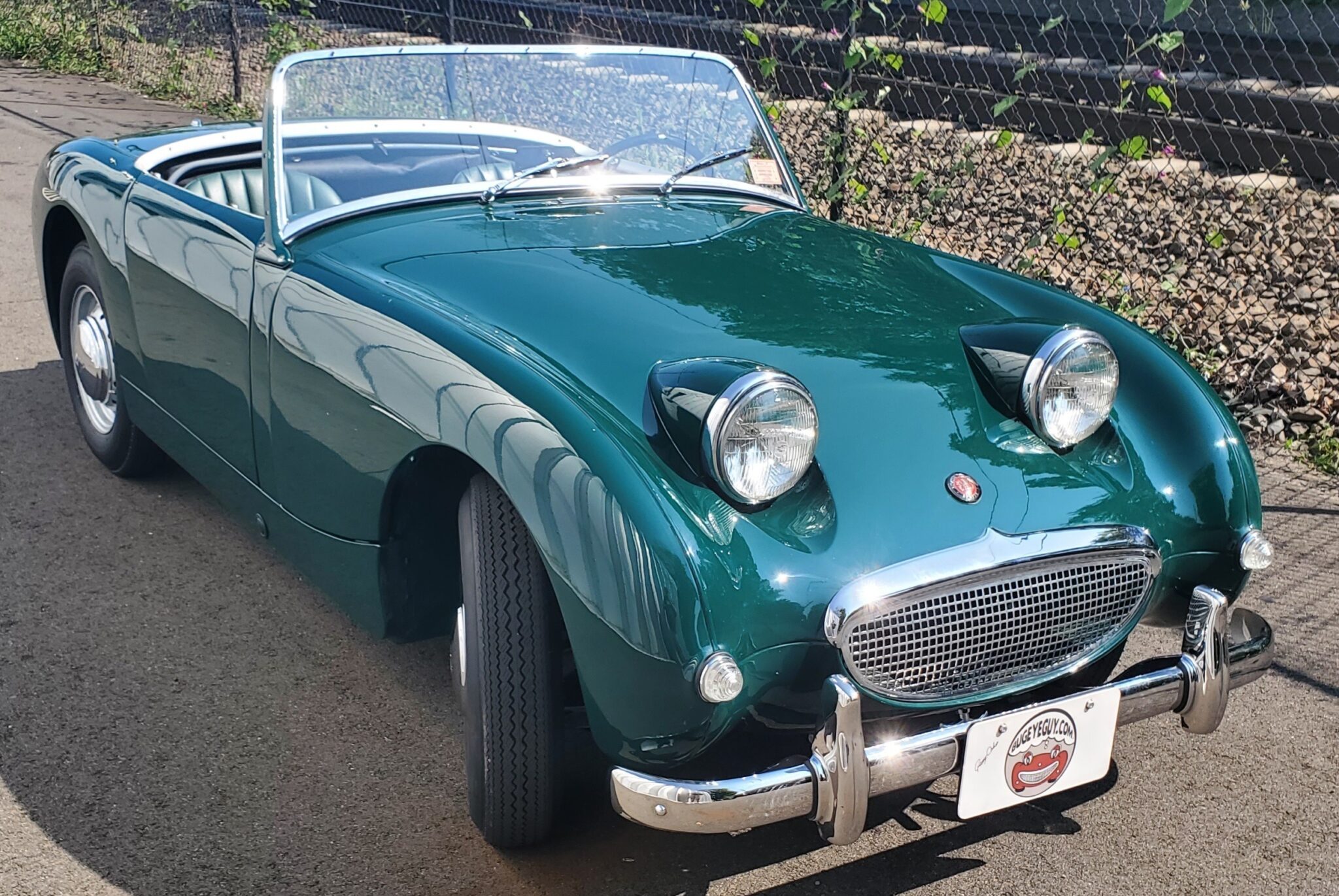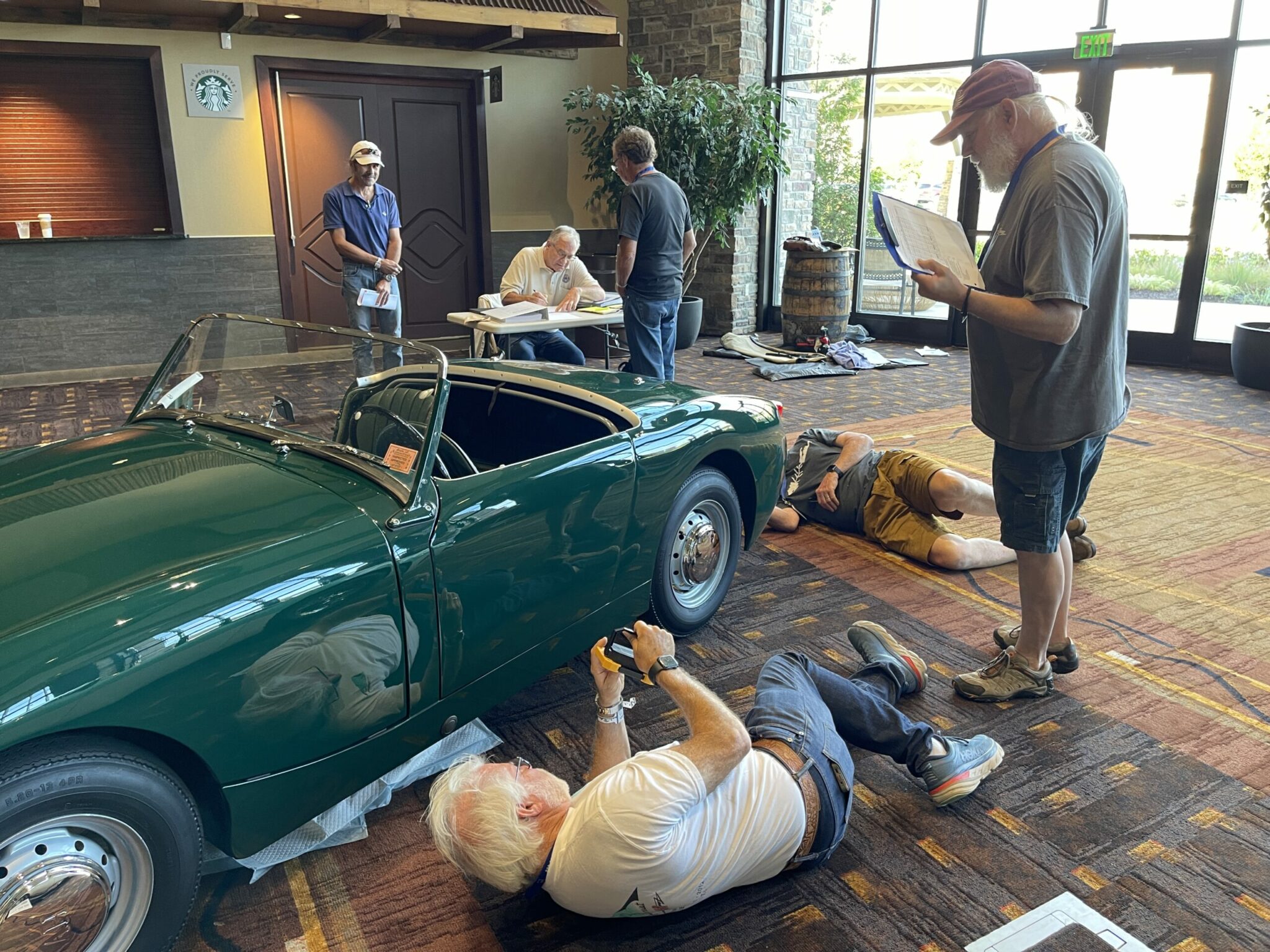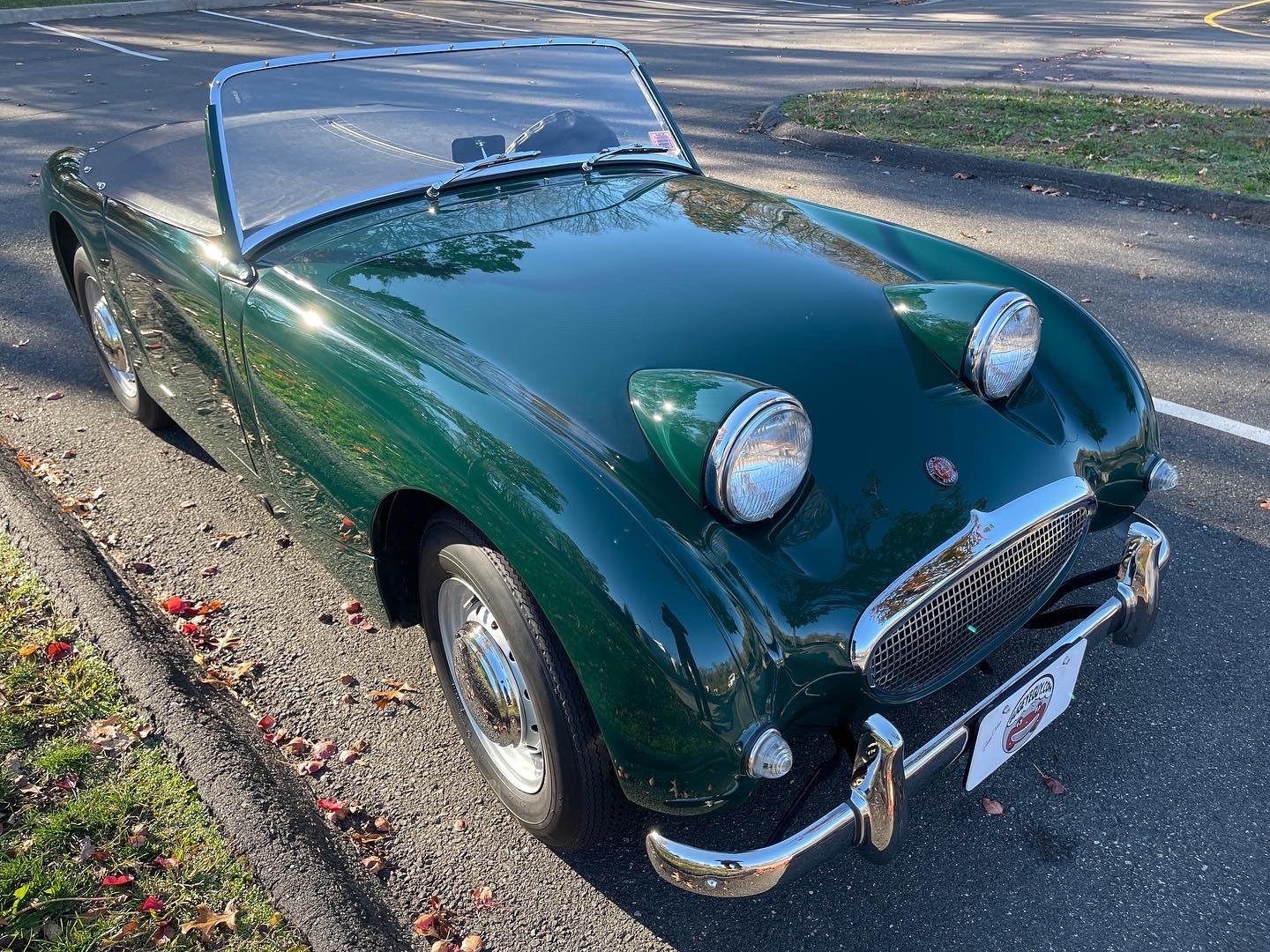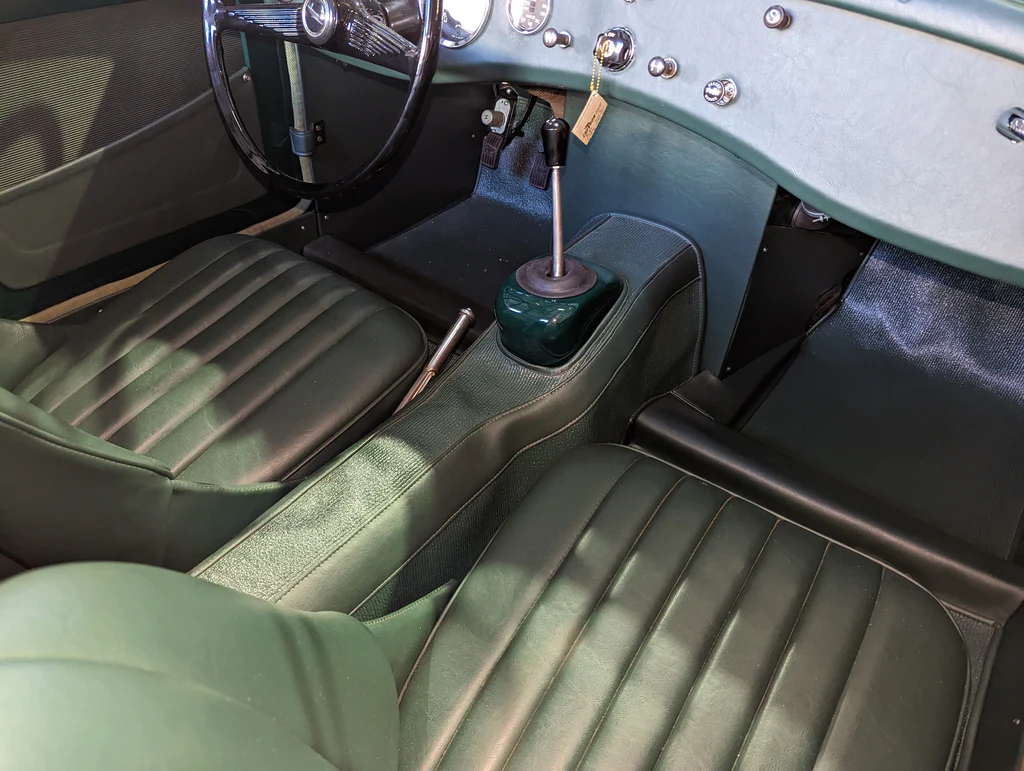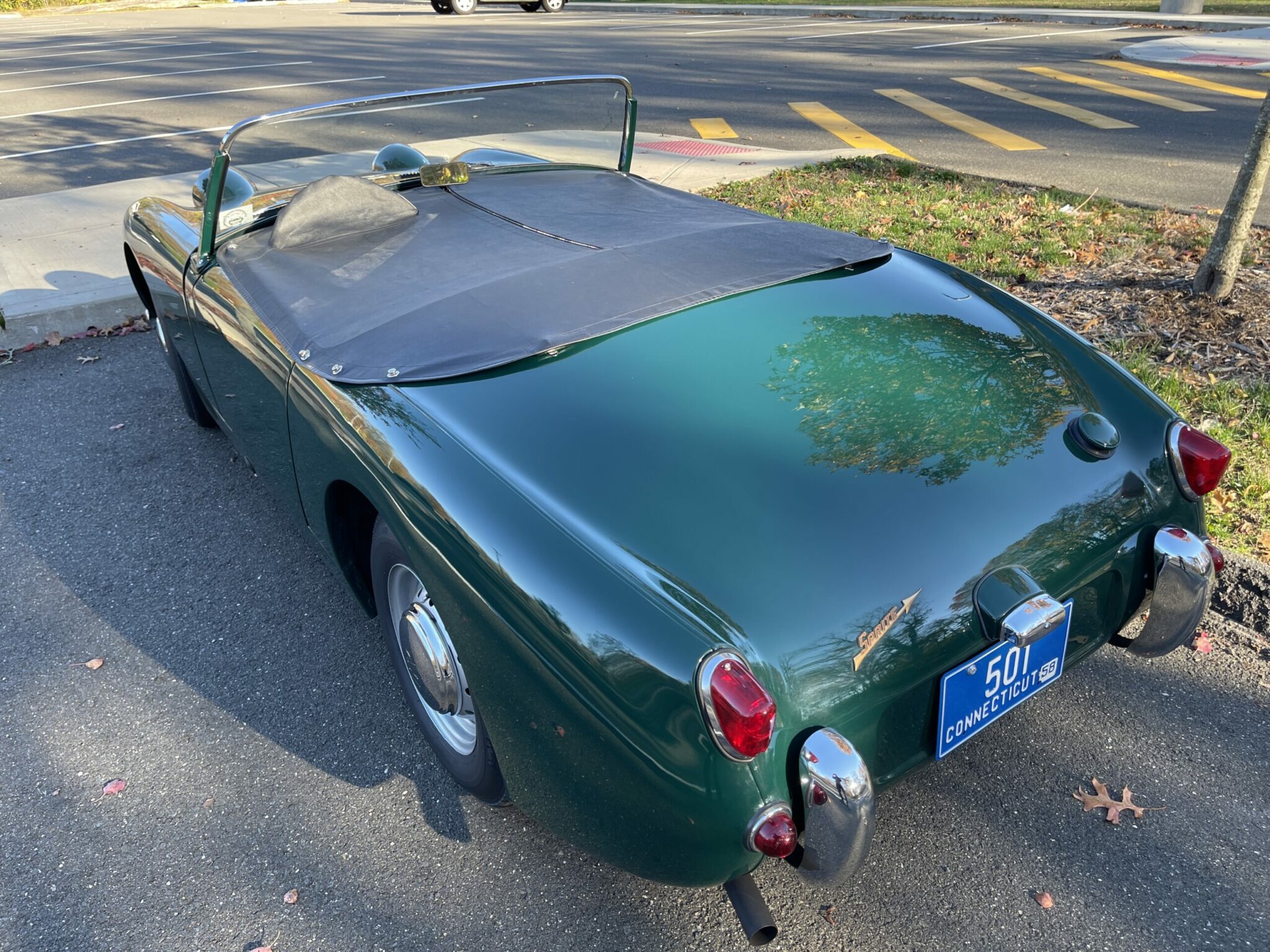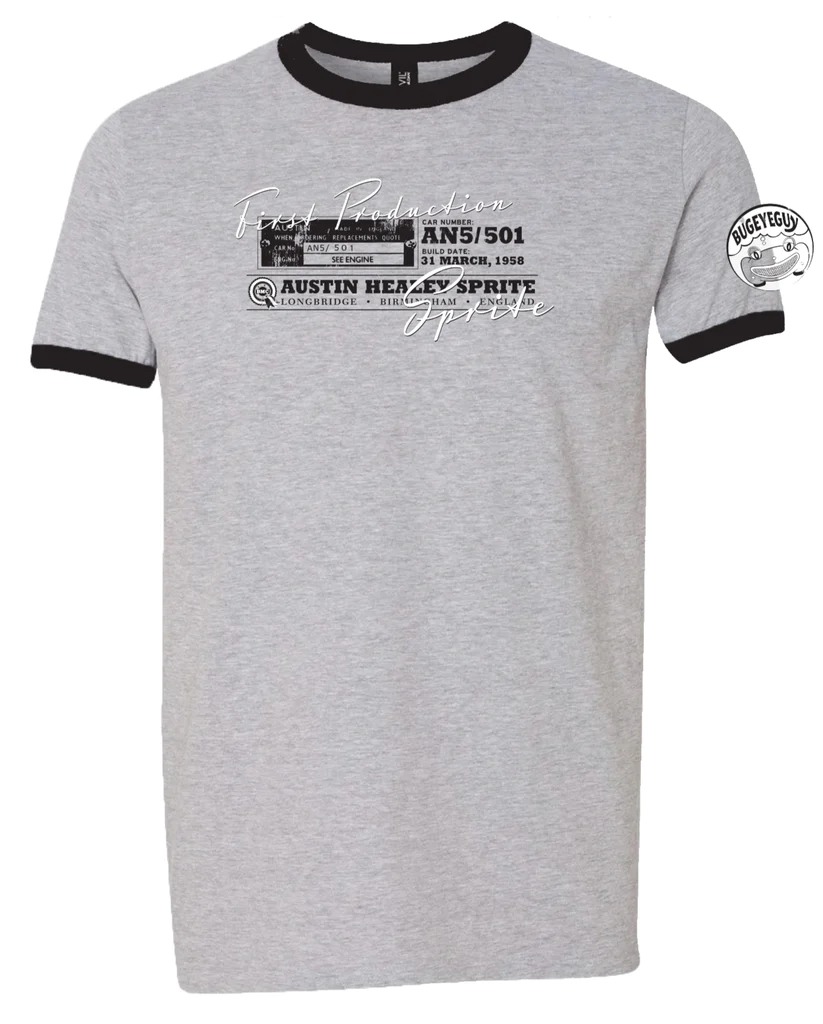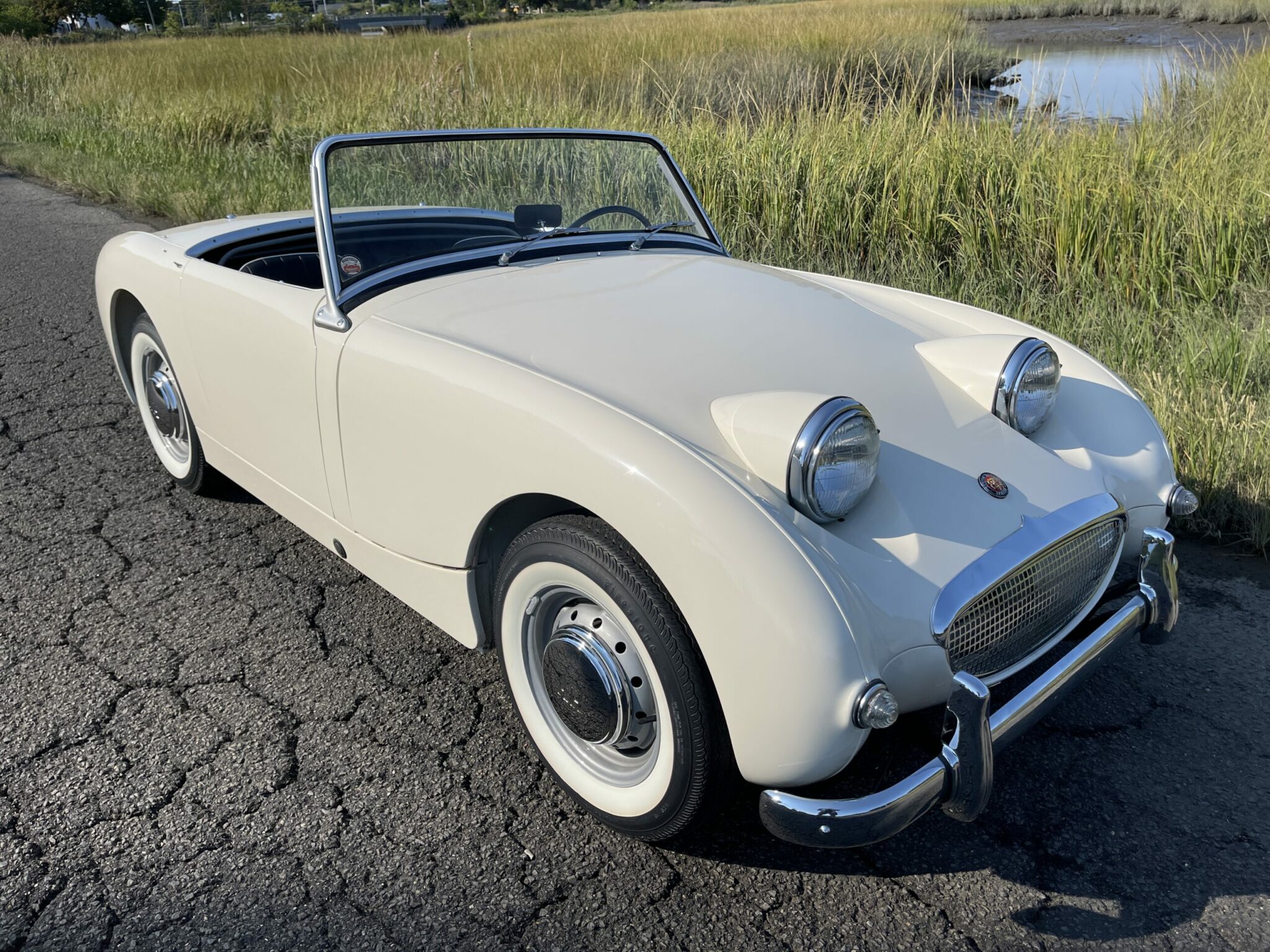It’s never easy to win a prize with a Bugeye in a mixed-make car show. The (when new) $1,795 Bugeye always looks particularly diminutive up next to Jaguar XK 140s and the like. In past premium car shows, the multi-million dollar vehicles that surround me on the field tend to dwarf my Bugeye, and yet in the “British Racing Green” class at The Greenwich Concours last Saturday, we were delighted to receive a blue ribbon award for best in class.
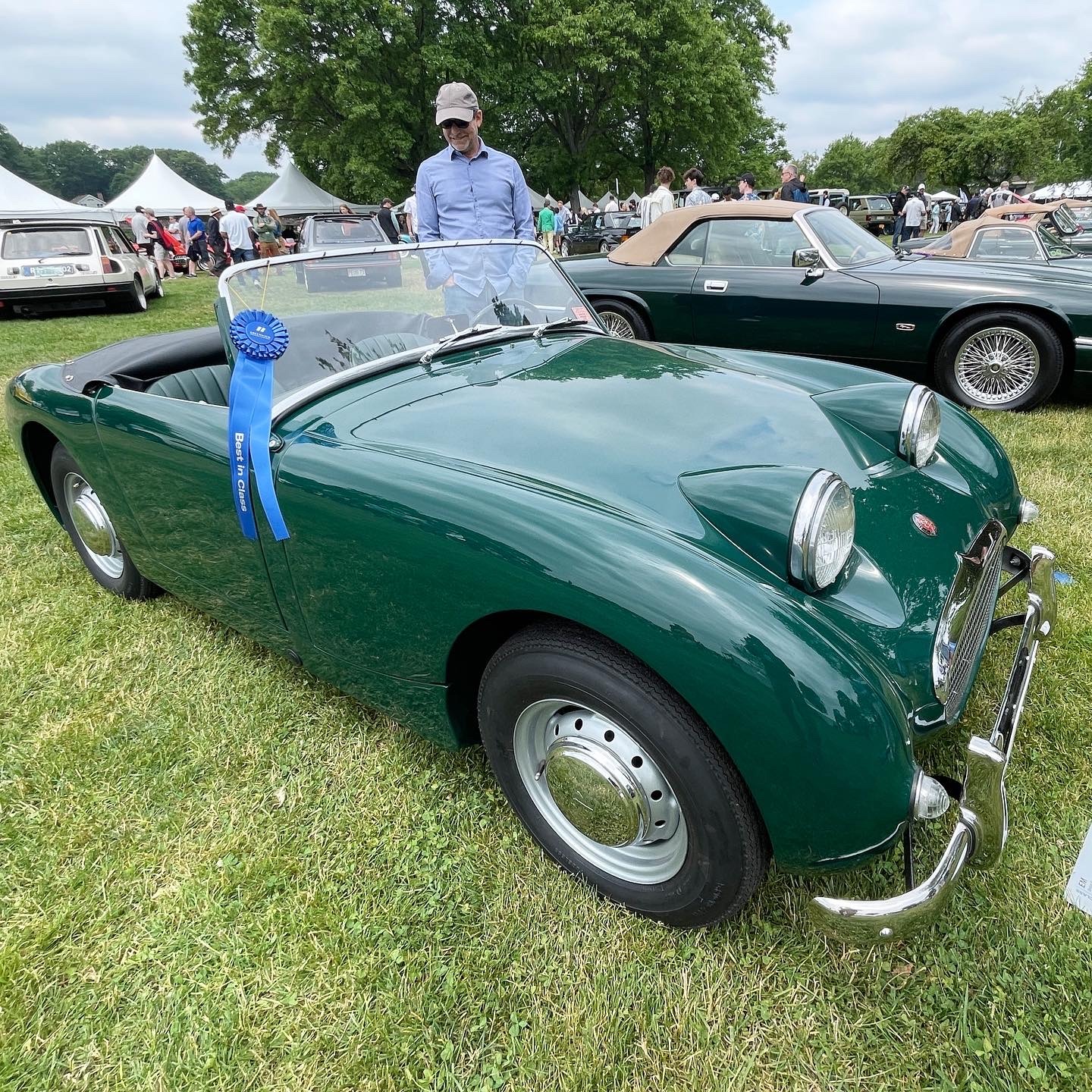
Of course, 501 has a wonderful story, and that certainly helps. But a class award for any Bugeye is a major accomplishment, and just sitting in line for the award parade behind a special GT 350 and even more special GT 40, I was reminded that this little car was sharing the turf with a very high caliber of car. It was truly an honor to have our little Sprite dance with some of the highest level cars in the world.
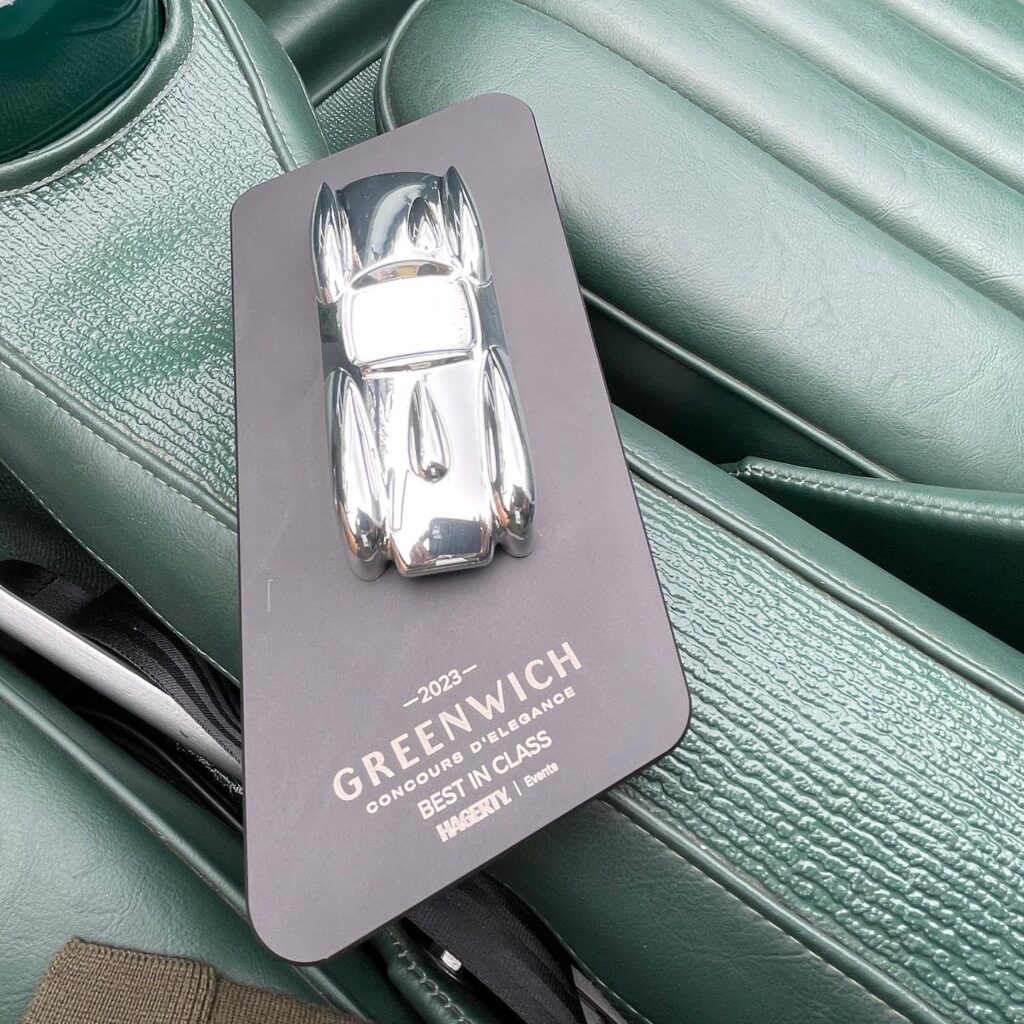
The entire day was a wonderful adventure, starting with a one hour highway drive on Interstate 95 at 63 MPH in arguably one of the most valuable Bugeyes in the world. Trailers have their place (and perhaps this was one of those places), but I really wanted to make it to the show under my own steam. Moreover, we have to exercise these cars to keep them healthy, so this seemed like an appropriate way to accomplish that goal. Wheel cylinders need cycling. Fuel needs freshening. Everything needs to move.
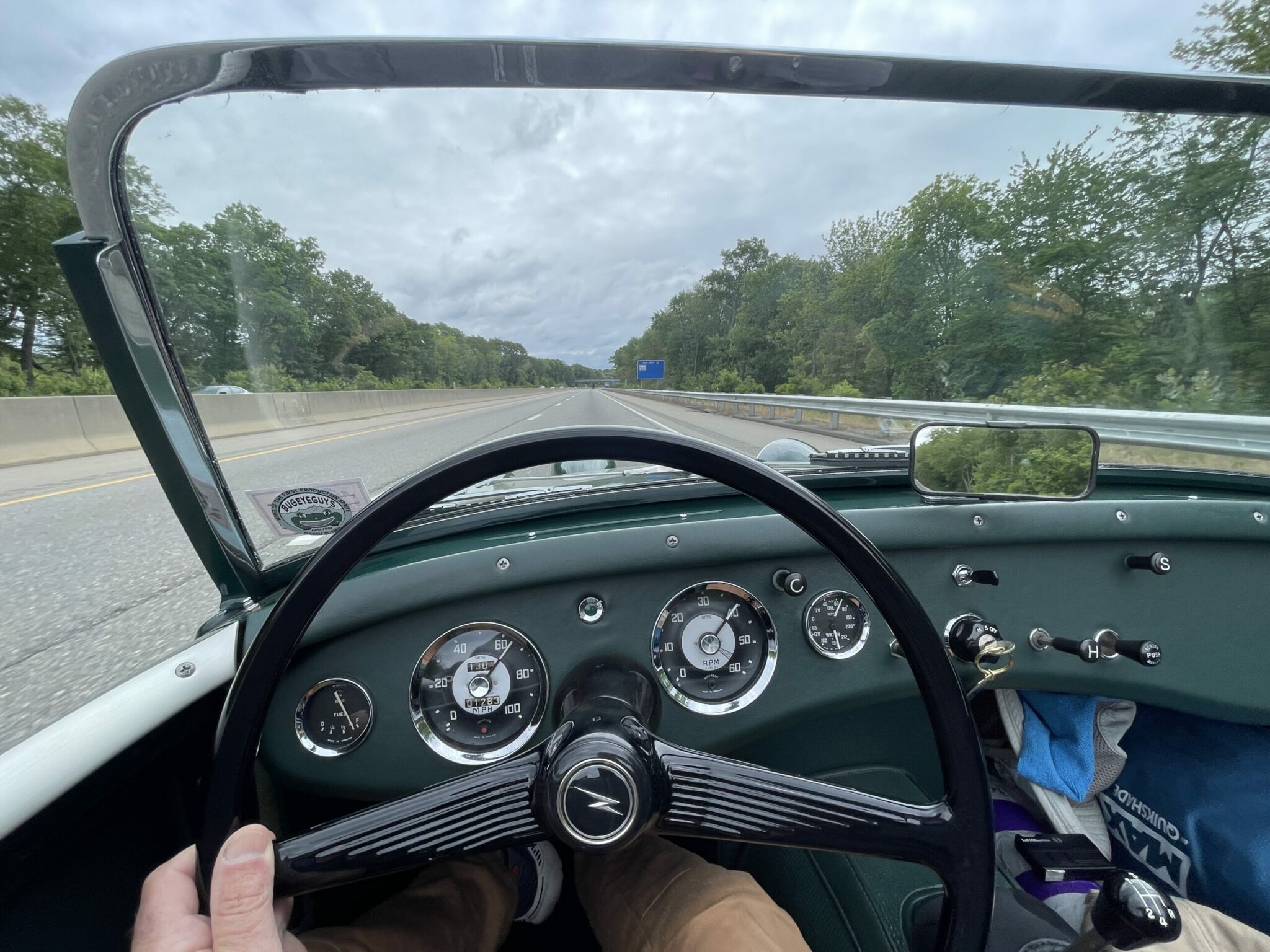
By the way, a few people have said I’m crazy to take this machine on the Interstate, that I should take back roads instead. Research has proven that the most dangerous part of driving is the four-way intersection, and any of the alternates to the interstate require lots of stop and go driving with crossing intersections galore. I’m of the opinion that a highway drive in a bubble of space is actually quite safe if you can match the speed of traffic, with a comfortable margin between yourself and the cars ahead and behind. Everyone’s going in the same direction, and while nobody’s paying any attention anymore, as the driver who IS paying attention, I feel like highway driving is actually a minimal risk.
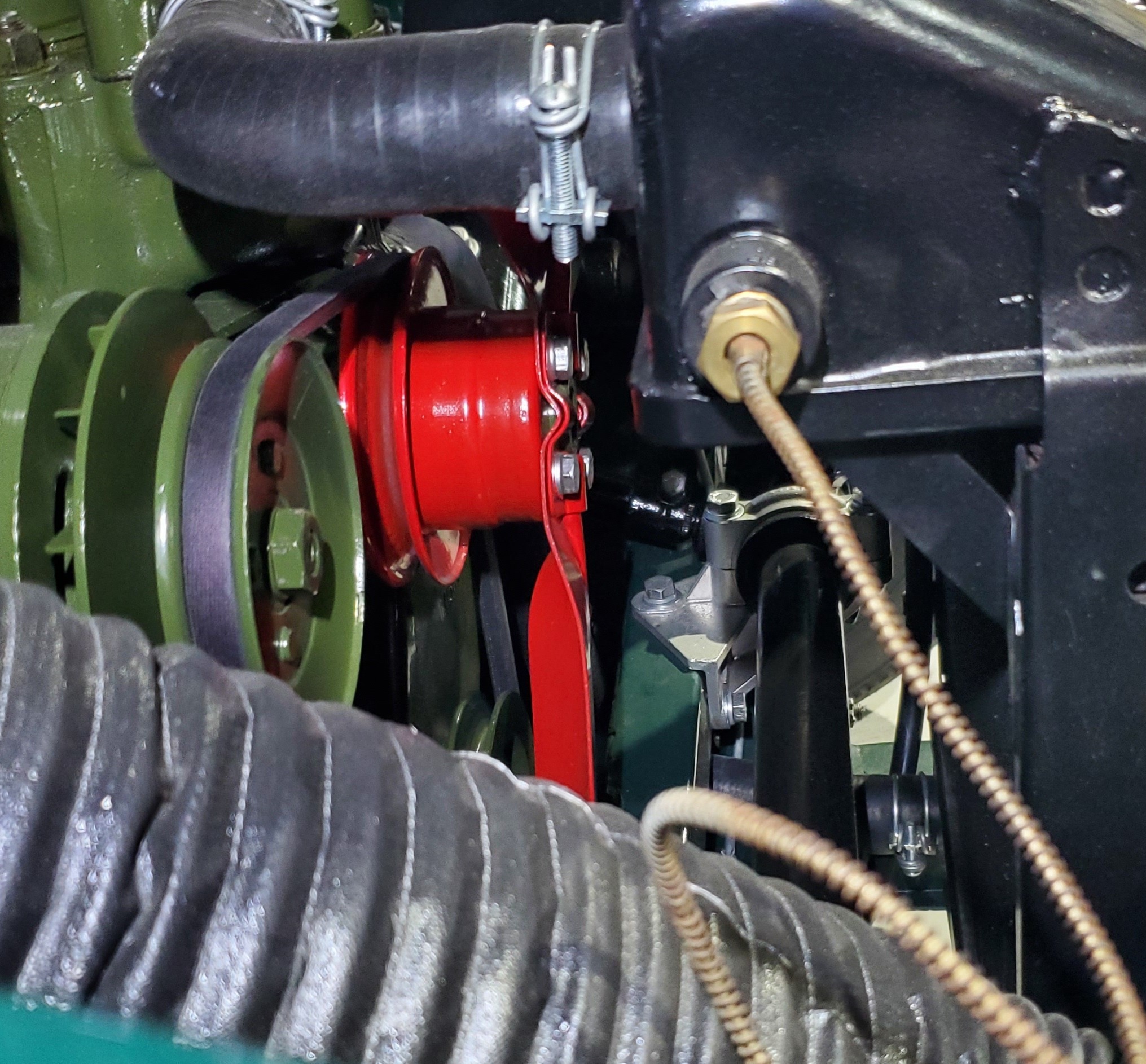
That said, on my trip south to Greenwich, I remembered that we had removed all modern cooling system enhancements (and anything else “modern”) in our quest for the gold medal at The National Convention. The Australian restorer of this first Bugeye #501 was interested in driving the car; we were interested in making it accurate first, and driving it second. So we took out the four-blade (incorrect) fan he had installed, and put in the rare original two-blade version that would have come from the factory on the earliest cars. The factory folks learned pretty quickly that two blades were not smart (by engine number 358 they had switched to the four-blade variant), but our goal was to preserve that moment in time with the correct fan at the National Concours. Without it, we would have lost points. On the Interstate, I was longing for a few more blades as I watched the coolant temperature climb. (Note: six blade fans are the “bee’s knees”, and we sell those here if you would like to move some real air through your nose.)
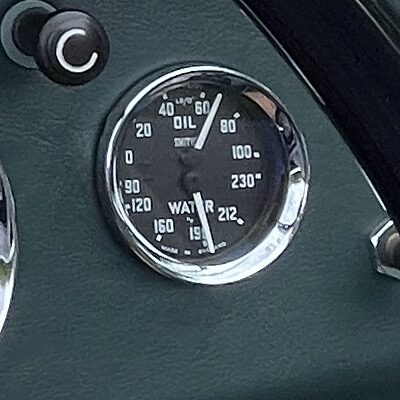
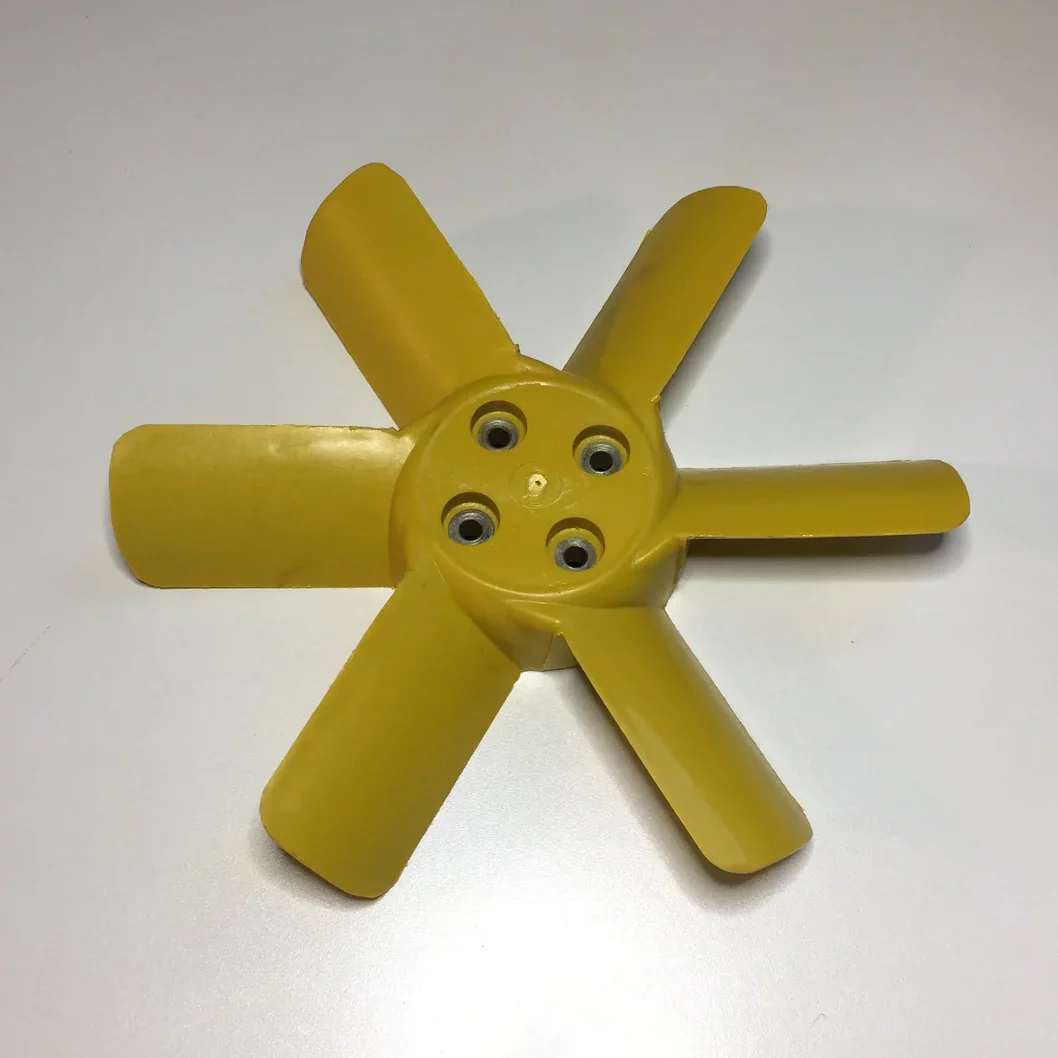
Moreover, the special shroudless and very early 1958 radiator (which would’ve been present on car number one) was also still properly in place after the gold medal judging; this was exactly what I didn’t need for the task at hand. Nothing a little Water Wetter couldn’t fix- that seemed to help. My trip home was in traffic, which held me to around 45 miles an hour for most of the journey, which was quite pleasant in this particular car. Thankfully, we had a cool day with temps in the lower 60s. Aluminum radiators work. Too bad we can’t use one here.
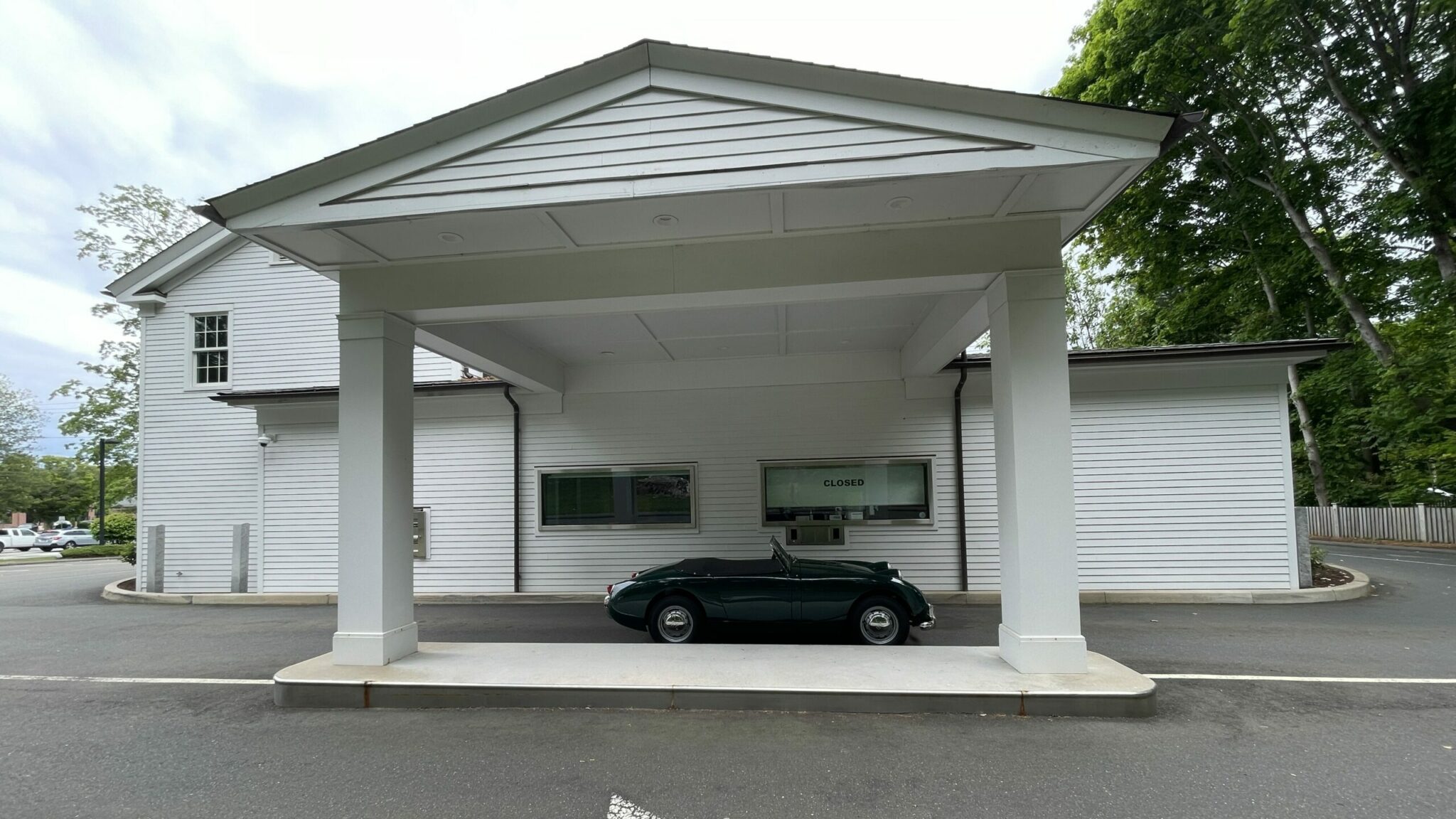
By and large, the drive was completely uneventful, and in many ways, that was the most rewarding part of my day, even more so than the trophy I took home.
It’s worth re-visiting the way in which “Concours” is a somewhat subjective term. The last Concours this car attended was an internationally- judged event with four judges combing over every nut and bolt for four hours, armed with a massive checklist of criteria for accuracy and quality. The Greenwich Concours, on the other hand, is a much more common sort of national Concours, where you have roughly ten minutes of judging by three or four people, and they are more interested in the story of your particular vehicle as well as its overall accuracy and condition. At the Greenwich Concours, for example, they were not looking for the subtle details that were essential for the Austin Healey Club event. They would not have noticed a four or even six blade fan on our radiator, while the Healey Club judges would probably have deducted five points for “wrong fan.”
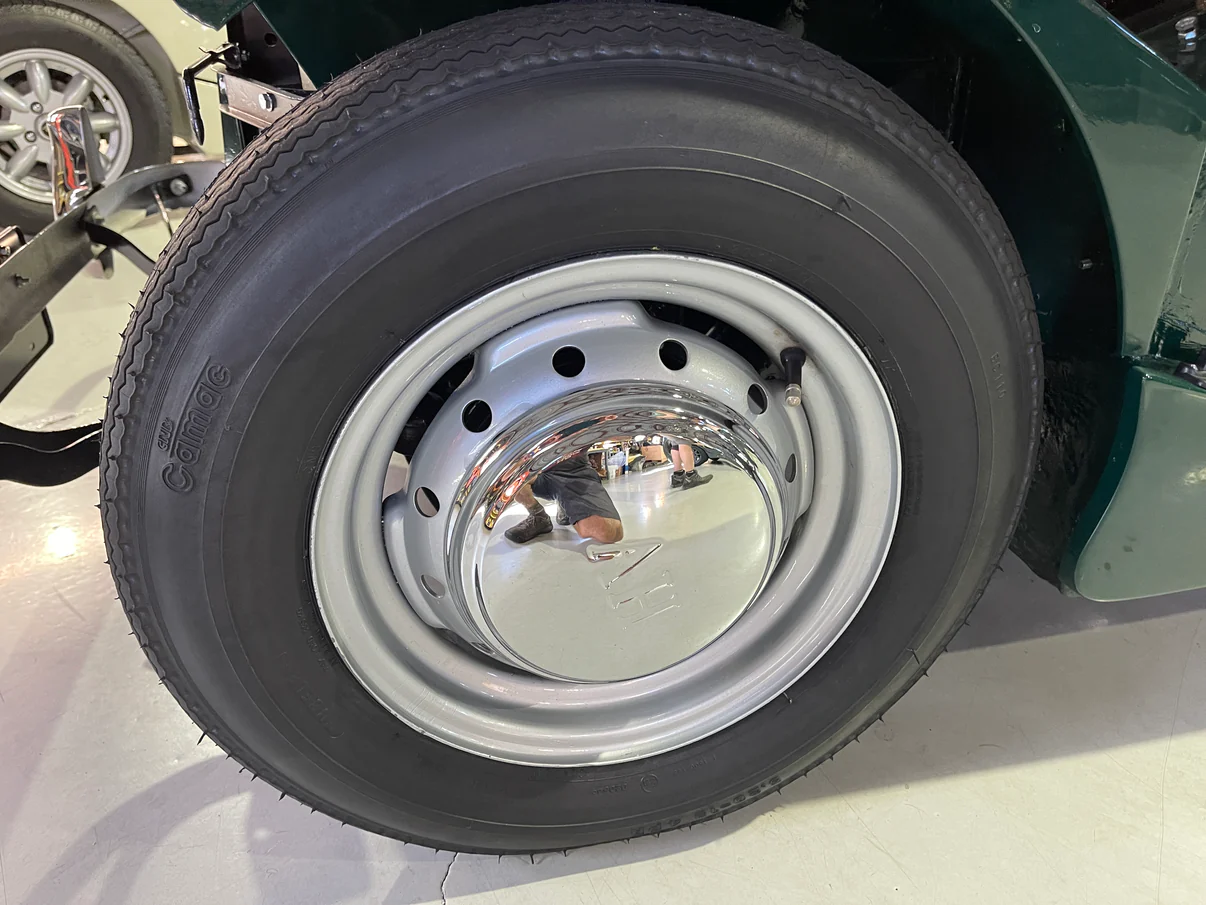
This was the furthest I’ve ever driven on bias-ply tires. These are the correct original size, and the ride was pleasant. The new bias ply tires we sell work quite well, far better than the dried-up old bias-plies I have sampled in the past. Radials are better. For this car, bias-plies are correct.
I was taken by the general consciousness (or lack thereof) on a modern highway. As I buzzed through a sea of sameness, people saw me as a novelty, but I was left to wonder if anyone really had any sense of how much our cars have changed. Imagine it’s April of 1958, and you are driving your new Bugeye Sprite home from the dealer showroom, surrounded on the highway by cars full of personalty and crafted from tons of American (or British) steel. Now, with plastic bumper covers everywhere, I was the only guy with a Bugeye, but also the only guy with chrome bumpers (maybe with any chrome at all?). I also had the only car on perhaps all of I-95 from Maine to Florida with lever shocks, front drum brakes, an ether-driven temp gauge, mechanical tachometer and twin SU (let alone any) carburetors for that matter.
And certainly the only guy with a two-blade fan.
